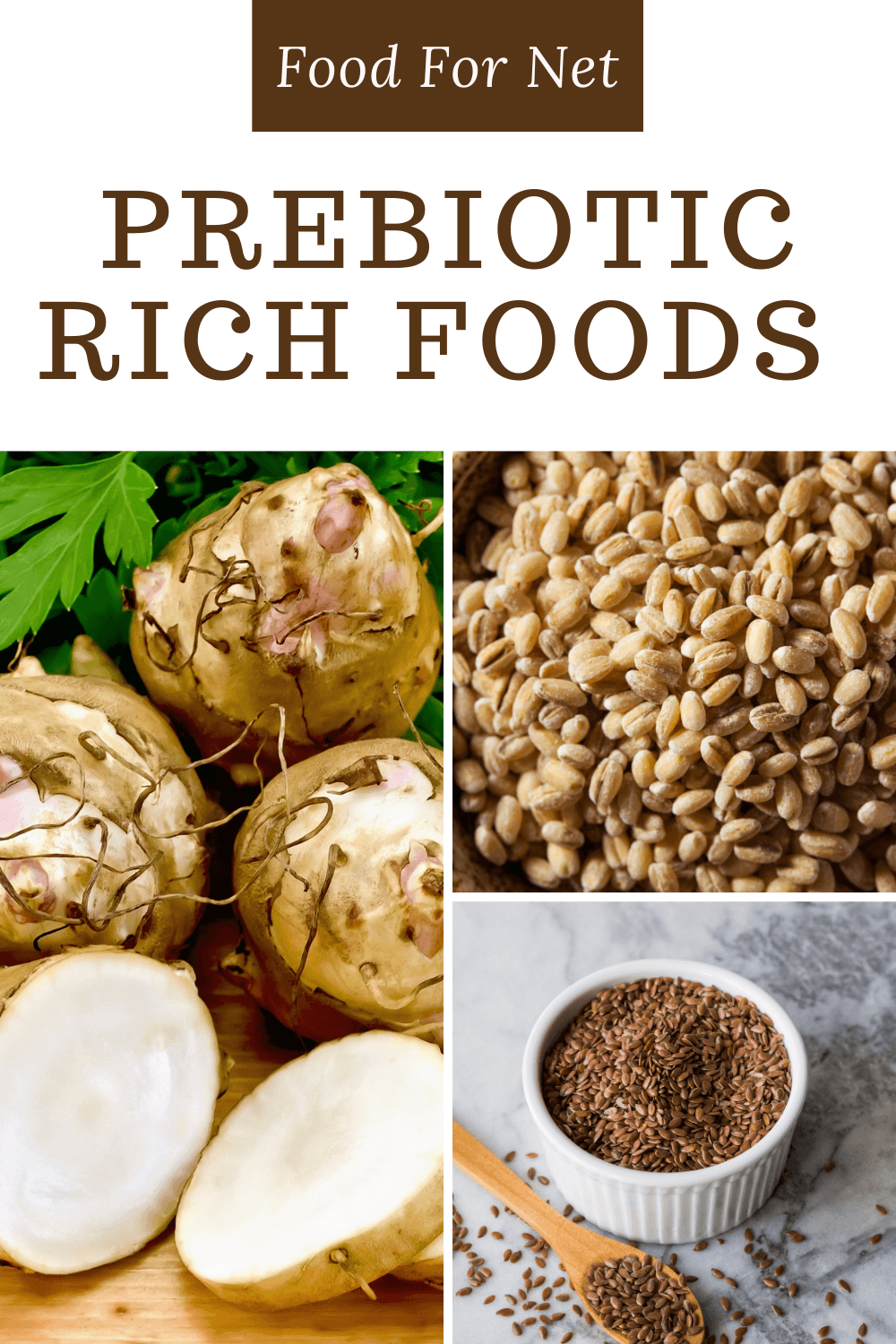
You’ve heard about probiotics and all the benefits that they offer for your health, but what about prebiotics? These compounds aren’t as well-known, but prebiotic rich foods end up being just as important for you as probiotics. In some cases, prebiotics may be even more relevant.
So, what’s the difference?
The simplest explanation is that probiotics are live bacteria that are good for your body. The term prebiotics, on the other hand, refers to food for this bacteria. Prebiotics are largely made up of carbs that we can’t digest ourselves. These carbs then become food for the bacteria in our gut.
Some prebiotics contain short-chain fatty acids. Butyrate is one such fatty acid, although there are others too.
Eating enough prebiotic foods is essential, as the prebiotic compounds are what keep your gut bacteria live and healthy. There’s little reason to eat large amounts of probiotics if there isn’t enough food to sustain all of the healthy bacteria. And, if you are increasing your probiotic intake, then it makes sense to increase the amount of prebiotics you eat at the same time.
You’ll get the best outcomes by having a good balance of prebiotics and probiotics in your diet. We’ve talked about probiotic rich foods in another post. So today, let’s look at prebiotic foods.
Prebiotic Rich Foods
- Chicory Root
- Garlic
- Onions
- Leeks
- Asparagus
- Jerusalem Artichokes
- Green Bananas
- Apples
- Flax Seeds
- Wheat Bran
- Barley
- Oats
- Konjac Root
- Shiitake Mushrooms
- Cocoa
- Seaweed
- Legumes
- Almonds
- Dandelion Greens
- Jicama
- Radishes
- Potatoes
Chicory Root
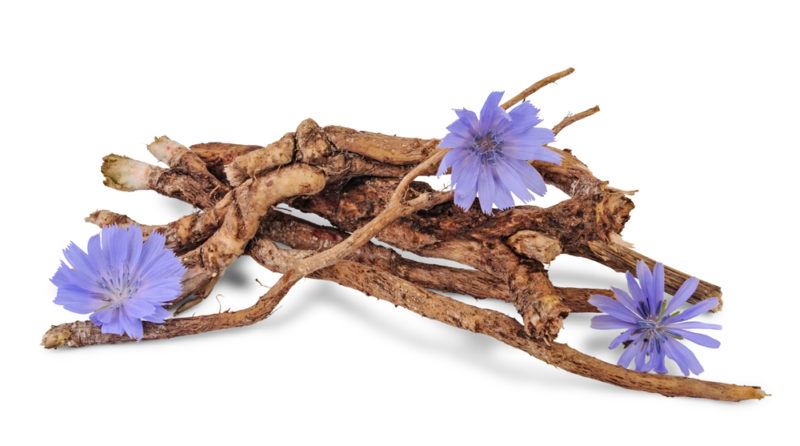
Chicory root is an interesting choice that you may or may not have heard about. It is most popular because it has a similar flavor to coffee. Because of this, you’ll sometimes see chicory coffee, which has been made from chicory roots that have been dried, ground, and then brewed.
Chicory root is most notable because almost half of the fiber it contains is a special type known as inulin. Inulin is highly relevant as a prebiotic. And, because chicory root comes from a plant, it contains various antioxidants as well.
This root also highlights an important pattern. Most root vegetables contain prebiotics, including common types of root vegetables and more obscure ones. You may get some of the benefits by making herbal teas by stepping the roots, as is the case with chicory coffee, but you’ll generally get more benefits from eating the roots instead.
Garlic
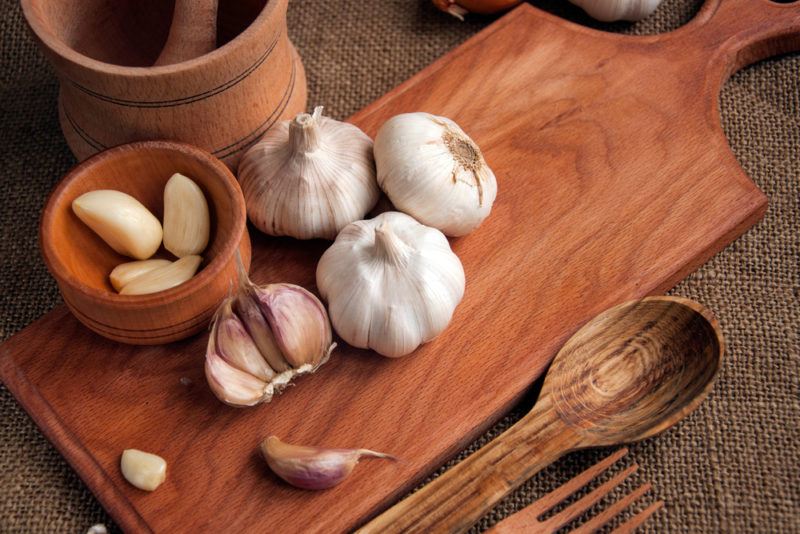
Most people use garlic for the flavor that it adds to your food. But, garlic has health implications too. It is often thought to help improve your immune system function and may fight some microbes.
Garlic extract has been linked to even more benefits, although you may not get all of these if you’re using garlic as an ingredient instead. And, the number of benefits you get may be linked to the amount of garlic that you use.
You’re likely to see fewer effects from garlic if you use it sparingly. If you’re a garlic lover, on the other hand, you’ll probably be consuming more beneficial compounds from garlic.
Garlic is another ingredient that contains inulin, with around 10% of the fiber coming from inulin. There is also fructooligosaccharides (FOS) present. These are prebiotics as well.
Onions
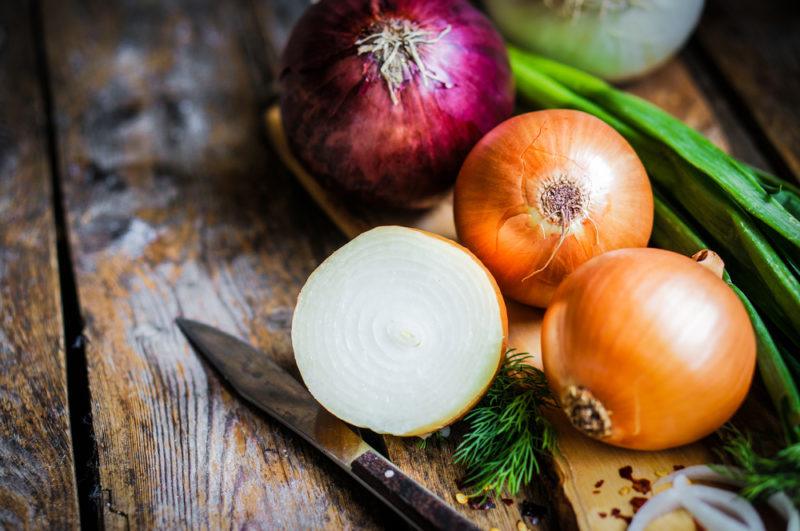
Despite the differences in appearance and flavor, garlic and onion have a lot in common. They’re both popular ingredients in many different types of recipes, although the flavor of onion is relatively mild once it has been cooked, while garlic tends to be stronger.
Onions also have a similar balance of inulin and FOS as garlic. This makes them just as useful as garlic for prebiotics. Onions may be more appealing for anyone who finds the flavor of garlic to be far too strong.
The prebiotic content of onion does change depending on whether you cook them or eat them raw. Raw onions tend to offer more prebiotics and could be good for some other nutrients too. Thankfully, you do still get some prebiotics from cooked onions too.
And honestly, cooked onions will often be a better choice. Cooking decreases the intensity of onions, making them much easier to enjoy. Cooked onions can also be used in countless meals, often without making much difference to the finished meal.
Leeks
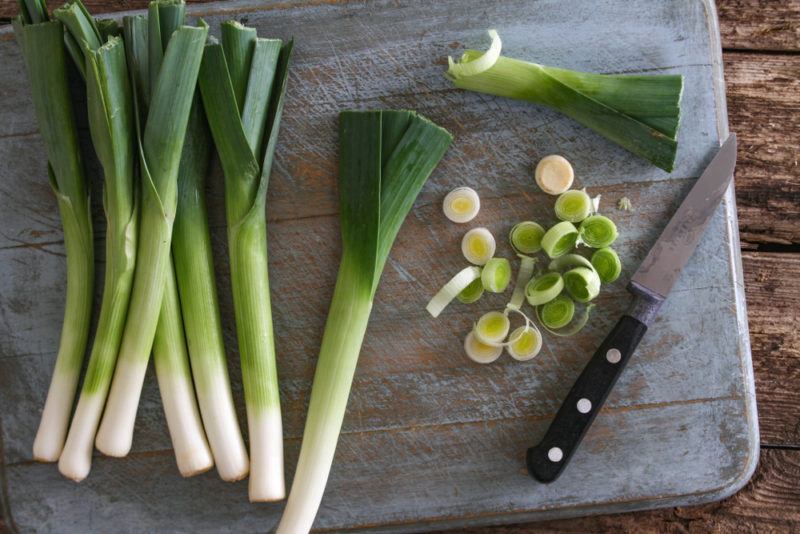
Leeks might not be the most common type of vegetable, but some people love them for their distinct flavor. Their prebiotic function comes from inulin once again.
Leeks also contain some interesting plant-based compounds, including flavonoids. These compounds are a type of antioxidant, so they can help to decrease the amount of oxidative stress in your body.
You also get a decent amount of vitamin K from leeks. This is another reason for using the vegetable regularly.
Interestingly, leeks belong to the same family as onions and garlic. Other members of this family offer prebiotics too, including shallots and spring onions.
Asparagus
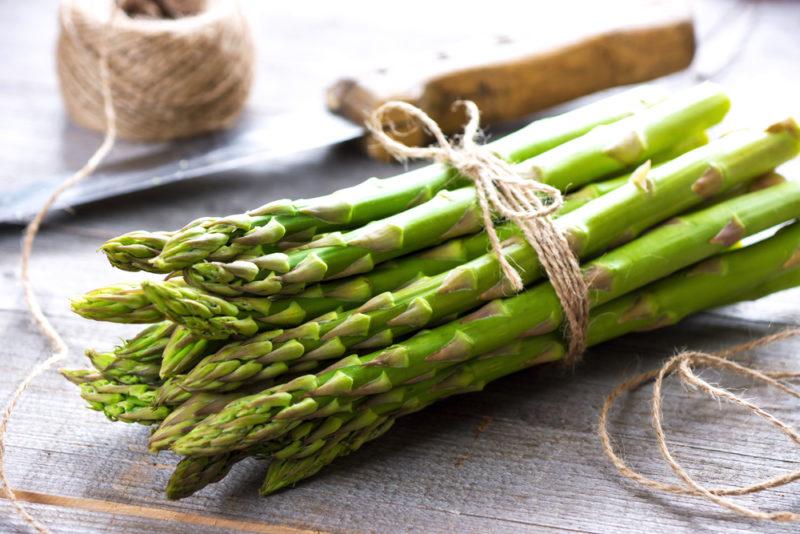
Asparagus is one of those vegetables that you either love or you hate. Thankfully, many people do enjoy asparagus and will be getting plenty of prebiotics from the vegetable. You can simply cook asparagus on its own or use it as an ingredient in a meal, like a quiche.
Like many vegetables, asparagus is thought to help reduce inflammation and oxidative stress in the body. Asparagus is also unusual in that it contains lycopene. Lycopene is normally found in orange and red foods, rather than green ones.
Jerusalem Artichokes
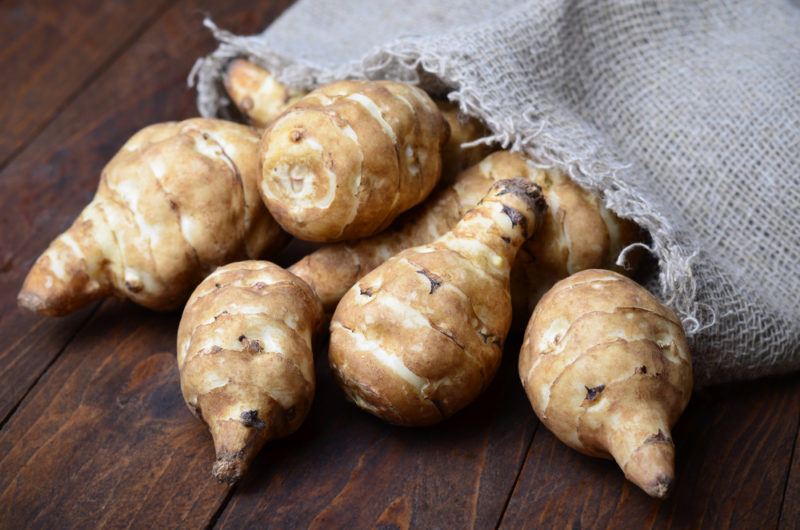
Jerusalem artichokes might not be the most common type of vegetable, but they do certainly have advantages, including their flavor.
When roasted, the artichokes initially taste a little like a roast potato. But, it doesn’t take long for the complexity of flavor to become obvious. Despite being relatively mild, the artichokes do have a nutty, complex, and slightly sweet flavor profile.
The artichokes are also famous for giving you gas. This isn’t necessarily a bad thing, as the effect comes from the high levels of inulin present in the artichokes. This inulin is what provides the artichokes with their prebiotic function.
And, on a side note, the name Jerusalem artichokes is misleading. The vegetable isn’t an artichoke at all. Instead, it is a type of tuber.
Green Bananas
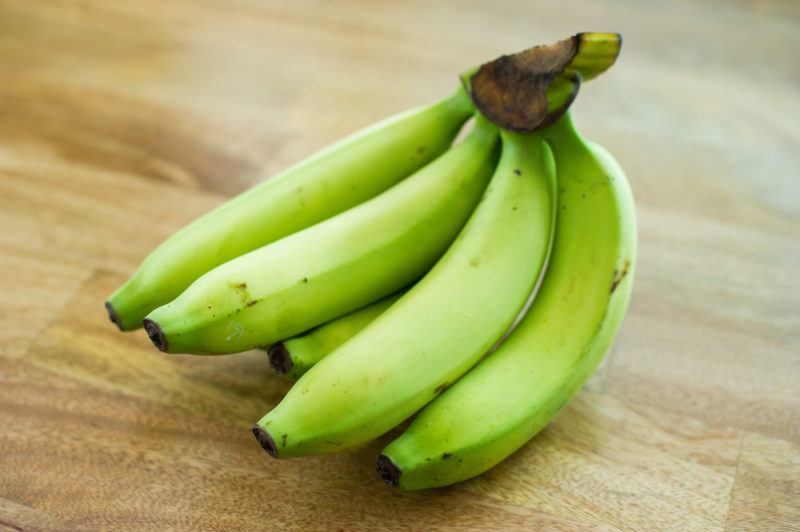
If you want prebiotic benefits from bananas, then green bananas are the way to go. Yellow bananas only contain a little inulin. They’re also higher in sugar than most types of fruit.
Green bananas, on the other hand, contain a large amount of resistant starch. This starch has prebiotic effects. It has been directly linked to improvements in levels of healthy gut bacteria.
Once you get used to them, green bananas can be more appealing than yellow ones anyway. They don’t have that almost excessive sweetness that you find in yellow bananas and can be a much better choice for anyone with diabetes.
On a side note, green plantains also contain resistant starch, although the resistant starch does decrease as they ripen. Much of this resistant starch is lost with cooking too, so you won’t get many prebiotic benefits from cooked plantains.
Apples
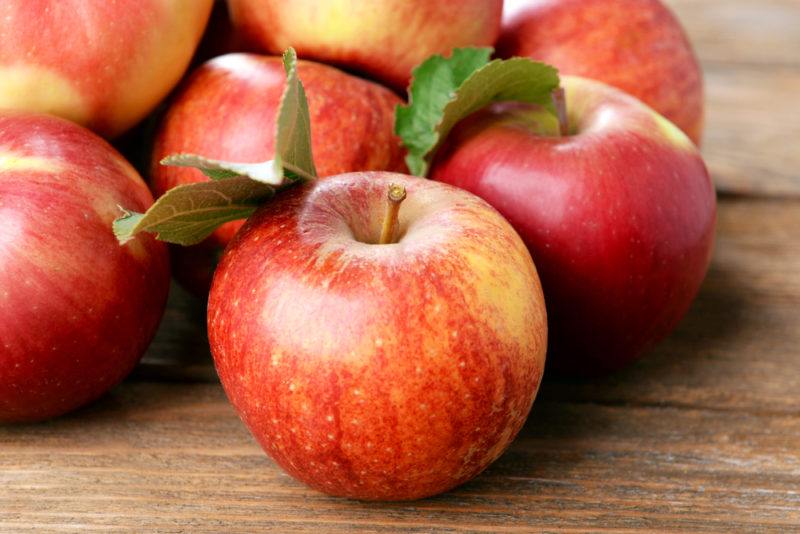
Apples are another fruit choice. They’re high in pectin – a compound that can increase levels of butyrate which then acts as food for gut bacteria.
Apples have other advantages too, including their antioxidant content and the vitamin C that they contain. Plus, there are many different types to choose from.
The nutrient content does vary across the various types and may be influenced by where the apple is grown too, along with other factors. Tarter apples, like Granny Smith, often contain less sugar and more antioxidants, which can make them a better choice for your health.
Flax Seeds
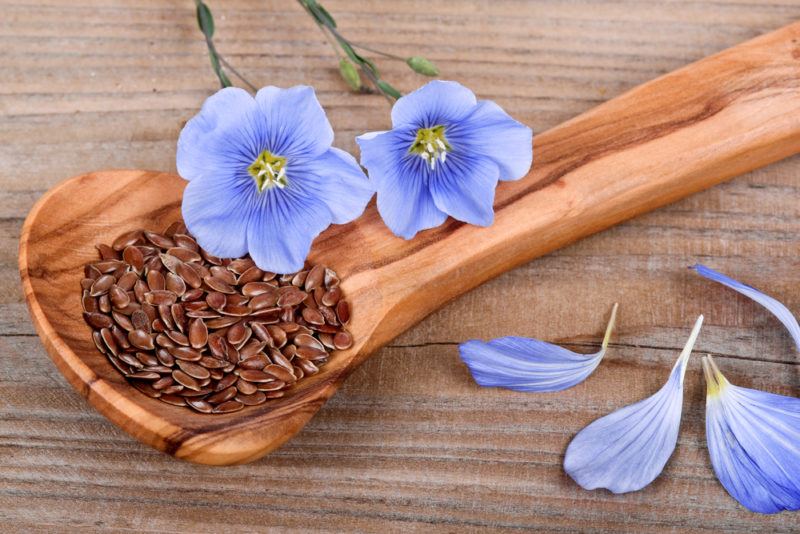
Flax seeds are a popular way to boost fiber intake. They are also a powerful source of ALA, which is a type of omega 3 fatty acid. Some of the fiber present is soluble, while the bulk of the fiber is insoluble. Both types may act as food for gut bacteria.
Flax seeds have other advantages too.
One is that the seeds are small, don’t have a strong flavor, and are easy to use. This makes it easy to include them in a recipe or even just scatter them on top of a meal.
You can also turn to flaxseed meal, which is simply made from flax seeds that have been ground to create a powder. Flaxseed meal is useful as you can mix it into food to increase the fiber content, without changing the flavor or texture of the dish much at all.
Wheat Bran

Wheat bran is simply the outer layer of a wheat grain. You can buy it as a powder and use it in much the same way as you might use flaxseed meal. There are also various bran-based products, including breakfast cereal. These offer another way to get the nutrients from wheat bran.
Wheat bran is interesting, as it contains a particular type of fiber known as AXOS fiber (that’s short for arabinoxylan oligosaccharides). More than 60% of the fiber in wheat bran is of the AXOS type and AXOS fiber has been directly linked to gut bacteria improvements.
Barley
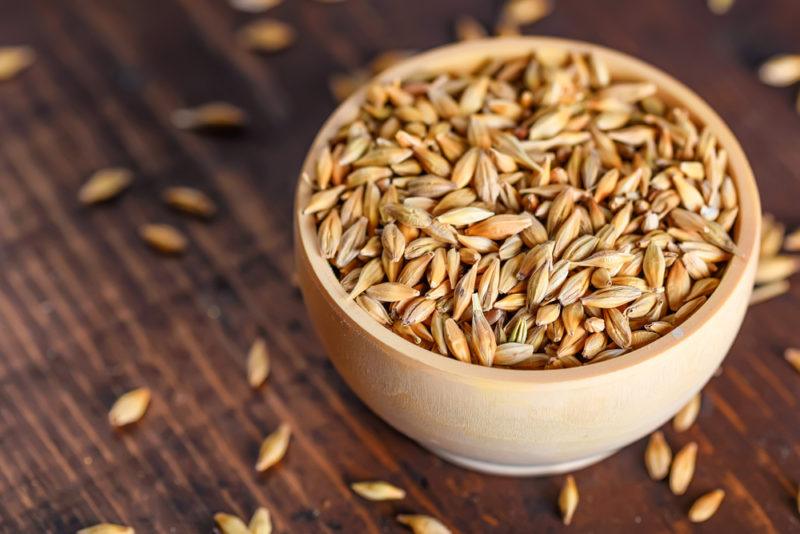
Grains might not be trendy these days, but they do still have their advantages. Barley, for example, contains a compound called beta-glucan. This is another type of prebiotic fiber, so it has similar advantages to inulin.
Barley also happens to be a good source of selenium. This compound is important for health too. It is thought to help with the function of your immune system and your thyroid.
Oats
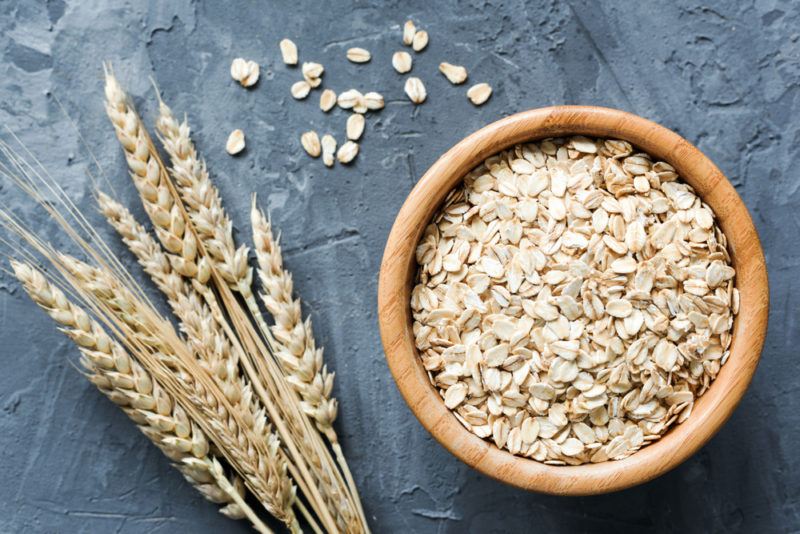
Oats are well-known for their health benefits. They also happen to be easy to use and tend to be inexpensive, making them a simple way to increase your prebiotic intake.
Like barley, oats contain a considerable amount of beta-glucan. This fiber is the reason that oats are often linked to decreased cholesterol levels and improved blood sugar control.
Along with the beta-glucan, there is some resistant starch present, which acts as a prebiotic too.
Oats may also help to slow down digestion, which means that you feel full for longer. This feature is ideal if you’re eating oats for breakfast and is one reason that oats are popular among dieters.
It’s also worth noting that oats are much more versatile than you might expect. You can use them to make savory dishes as well as sweet ones. For example, some Buddha bowls can be made with oats and savory toppings. You can even use oatmeal as an ingredient in risotto.
Konjac Root
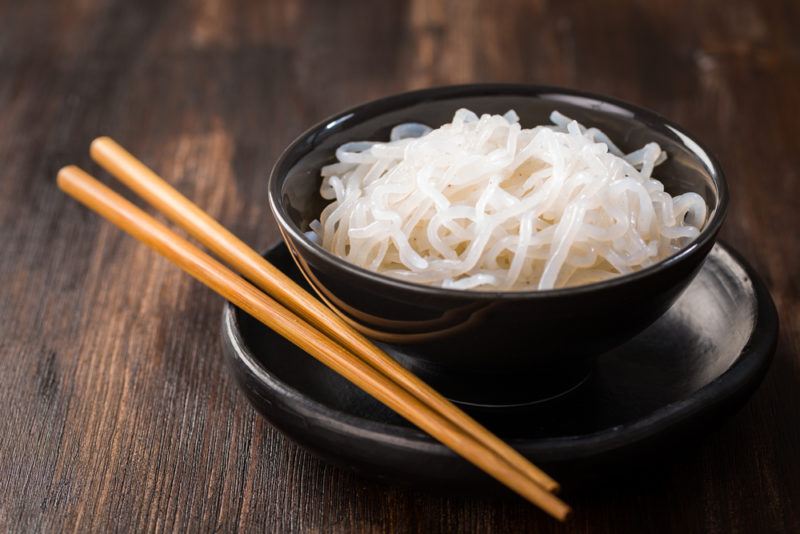
Konjac root is sometimes used as a supplement, but you can also find it in some foods. Shirataki noodles are one of the famous ways to use the root. These noodles are low carb pasta alternatives that are especially popular on a keto diet.
Shirataki noodles don’t have much flavor of their own, so you’ll need to cook them with sauce or other flavoring ingredients to make them taste good. The texture of the noodles is slightly unusual, with some people describing them as rubbery. Still, this texture is something that you can easily get used to over time and is a small price to pay for low carb noodles that are good for your gut bacteria.
The prebiotic impact comes from glucomannan fiber. This type of fiber is viscous, which is one reason why it can help to relieve constipation. Glucomannan fiber offers other health benefits too, making it a good addition to your diet.
Shiitake Mushrooms

Mushrooms contain beta-glucans, which is the same prebiotic that you find in oats. You’ll get some beta-glucans in most types of mushrooms, but shiitake mushrooms are one of the best choices.
Besides, these mushrooms are often linked to health benefits. They’re delicious too and can make a great addition to many meals.
Cocoa
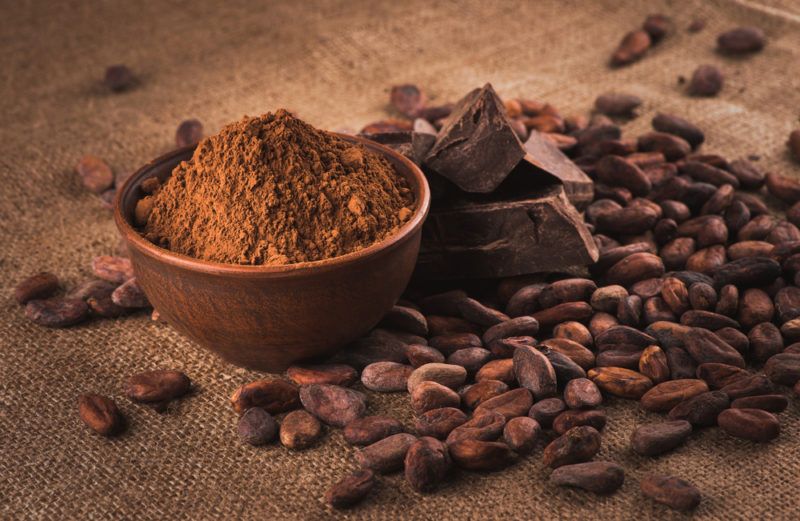
While chocolate was once considered to always be unhealthy, we now know that cocoa contains many important plant-based compounds, including flavanols. These flavanols have many health implications and can act as an antioxidant.
Chocolate also has prebiotic effects. Because the benefits come from cocoa, you’ll get the best outcomes from chocolate that has a high cocoa percentage. Ideally, you need to be focusing on chocolate that is at least 70% cocoa. Higher cocoa percentages are even better.
You can turn to cocoa too, but you’ll need to check the ingredients label carefully. Many cocoa products are packed full of additives and sugar. Look for cocoa that just relies on cocoa powder as an ingredient. It may be marketed as baking cocoa.
Seaweed
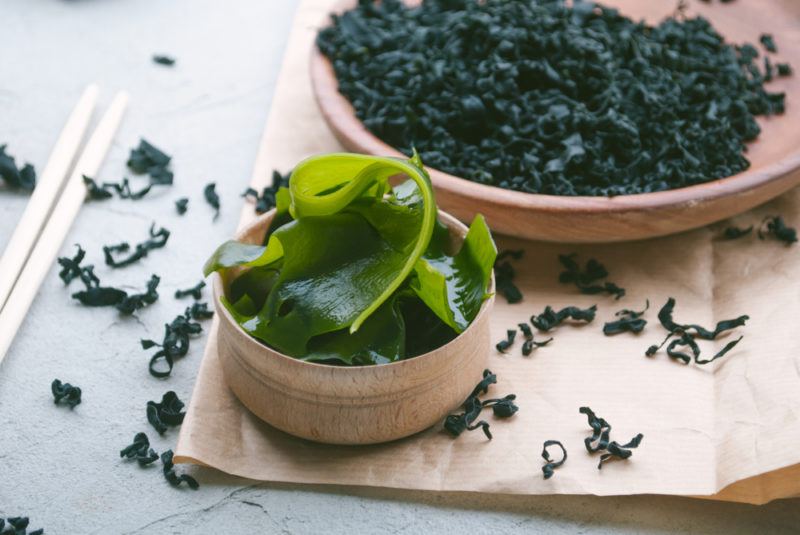
Seaweed is interesting as a source of prebiotics because seaweed isn’t a staple part of our diet in the way that many other foods are. There’s still a lot that we don’t know about the prebiotic impacts of seaweed, as most studies have focused on animals rather than humans.
Still, seaweed does contain fiber and is likely to have some prebiotic functions.
Seaweed also contains a decent amount of antioxidants and other important compounds. So, seaweed is still worth including in your diet, regardless of how probiotic it ends up being.
Legumes
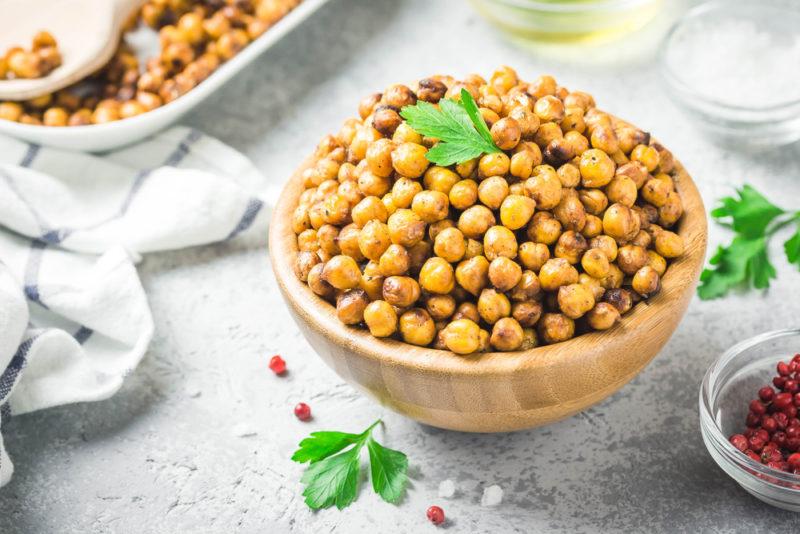
Legumes are commonly eaten as a source of fiber and protein, so their prebiotic impact shouldn’t be too surprising. Most types of legumes will provide you with a decent amount of prebiotics, starting with beans.
Beans are a useful ingredient all around, as they’re inexpensive and versatile. There are also many types to choose from. However, it’s generally best to soak your beans before you use them, as this makes them easier to digest.
Lentils and chickpeas are good choices too. Chickpeas can be particularly helpful, as these can be roasted and eaten as a snack, much like you do with nuts. Or, you can use chickpeas to make hummus or add them into a cooked meal, like a stew.
Soybeans provide prebiotics too, which means that most soy-based products will have prebiotic effects. Just be aware that the nutrient content does differ depending on the type of product that you choose. For example, tofu is made from soy milk while tempeh is made from fermented soybeans instead. The two products can be used in similar ways, but there are some differences in their nutrient profile.
Almonds
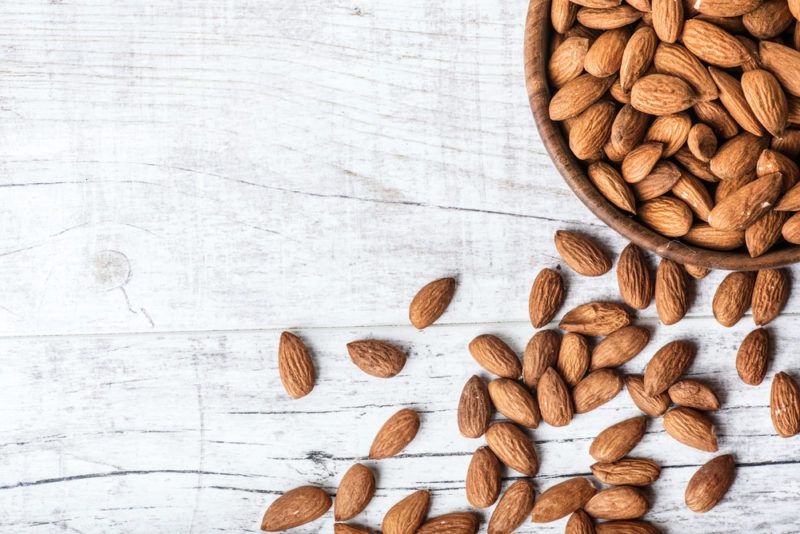
Nuts all provide some fiber and almonds are an especially good choice. They’re also popular for their nutrient content. In fact, almonds are sometimes thought to be the most powerful type of nut because of their nutrient balance.
For example, almonds offer notable amounts of vitamin E, calcium, potassium, and magnesium. They’re a decent source of protein too, which makes them satisfying as a snack.
Dandelion Greens
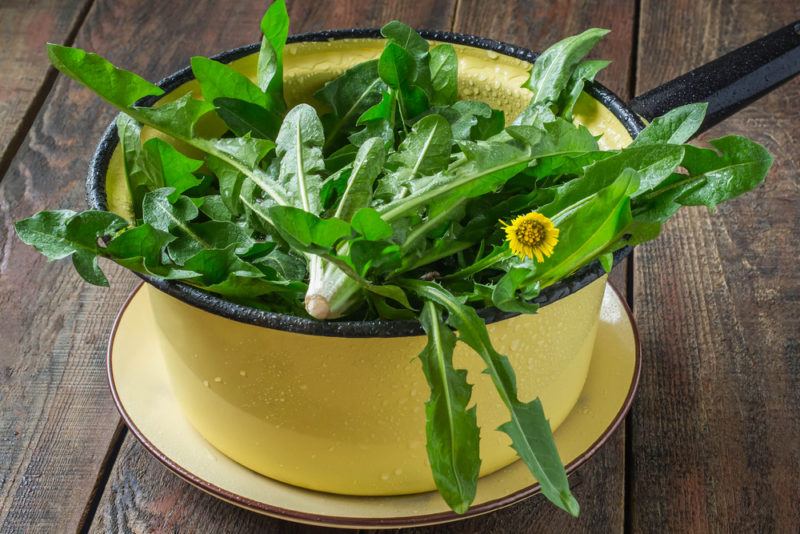
Like other leafy greens, dandelion greens contain a decent amount of fiber. This alone may be helpful for your gut bacteria. Dandelion greens also contain some inulin. While the amount of inulin isn’t as high as in some of the other foods on this list, there are other healthy compounds in the greens too.
And, if nothing else, dandelion greens are good for you. They contain a decent amount of iron and calcium, not to mention vitamin A and even vitamin C.
Dandelions themselves are common, so you could simply forage for the greens. However, it’s normally best to buy them from a local health food store instead. This way you don’t need to worry about the greens being contaminated in any way.
Also, be aware that the flavor might not be what you’re expecting. Dandelion greens are bitter, even once they have been cooked. Pairing the greens with a creamy side can help to offset some of this bitterness. Dandelion greens can be eaten raw, but this is an acquired taste. Some people find the bitterness of the greens to be simply too much.
Jicama
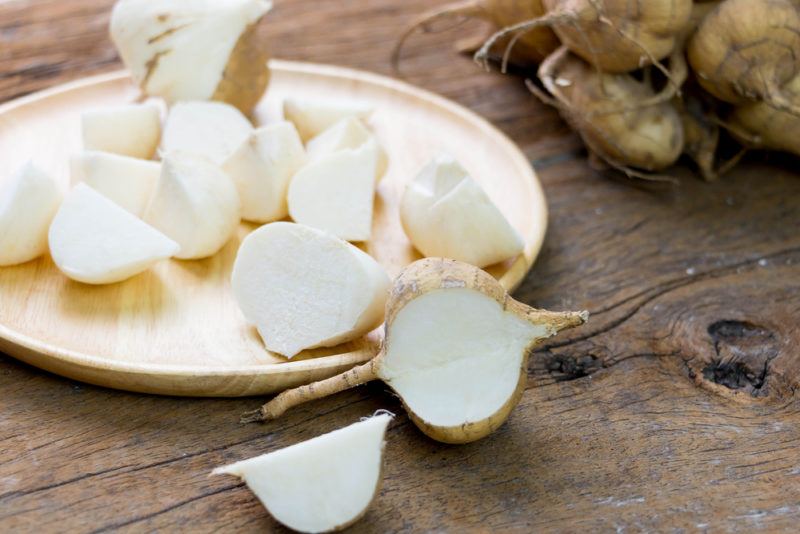
Jicama is a slightly uncommon root vegetable that is native to Mexico. It’s unusual in that you can easily eat the root raw, perhaps with a little lemon or lime juice for seasoning.
The flavor is interesting too. You could consider it an intermediate between a pear and a potato, or perhaps similar to a water chestnut. Regardless of how you define it, the flavor of jicama combines well with many different ingredients. You can even use it as part of a fruit salad.
Jicama can be cooked too. A surprising number of recipes rely on the root vegetable. You can even make jicama fries. However, as with most items on this list, the prebiotic content will decrease with cooking. This makes it best to enjoy the jicama raw.
Radishes
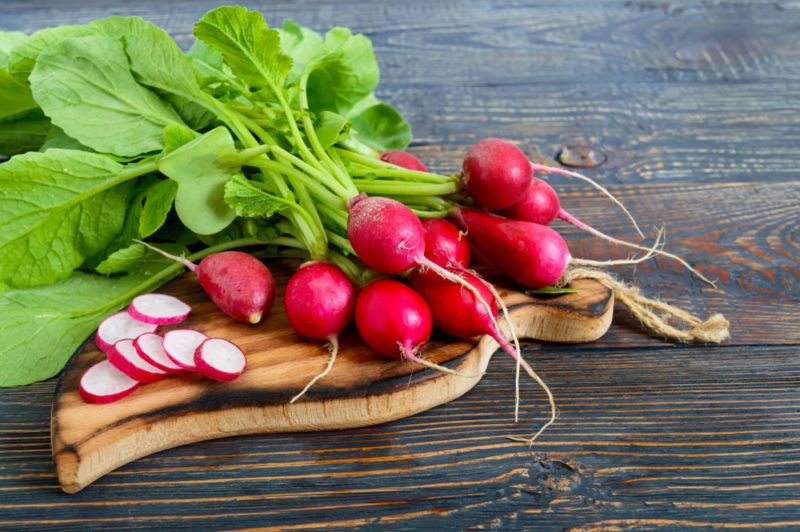
You might be noticing a trend here. Radishes are another type of root vegetable – and root vegetables all tend to be good for prebiotics. Options like jicama and radishes are particularly appealing because you can eat them raw.
Potatoes
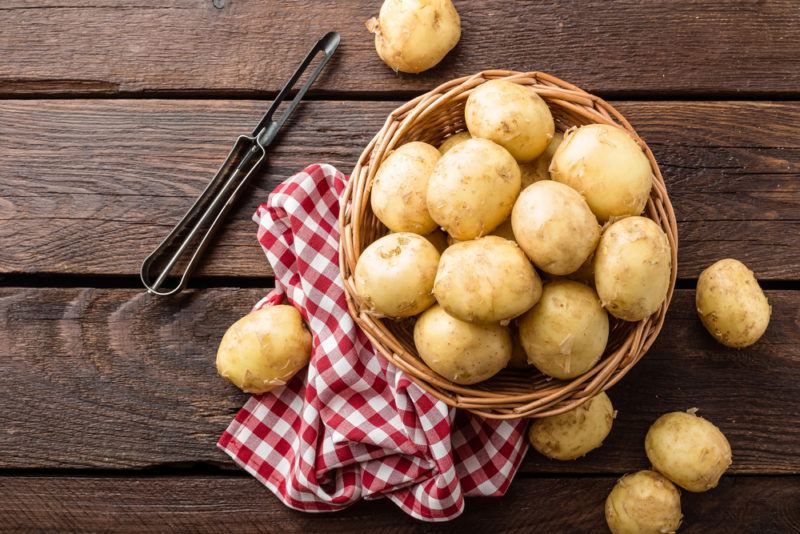
Potatoes and sweet potatoes both provide resistant starch, so they’re natural choices for prebiotic benefits. The problem is that you do need to cook potatoes before you can eat them. Doing so will decrease some of the prebiotic content, making potatoes less powerful as an option.
Still, don’t write potatoes and sweet potatoes off entirely. You’ll still get some benefits from these vegetables, especially as they’re so easy to include in your diet.
Some theories suggest that the prebiotic effect of potatoes and sweet potatoes does increase again, to a degree, once the cooked root has been cooled. So, cooking potatoes, allowing them to cool then eating them cold will provide more benefits than eating hot potatoes.

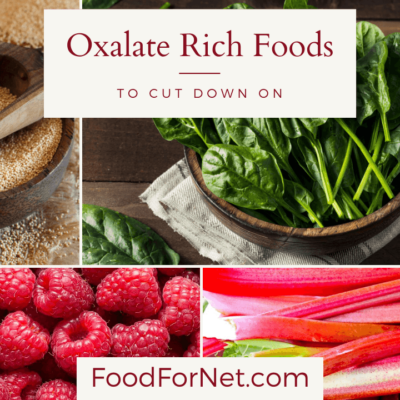
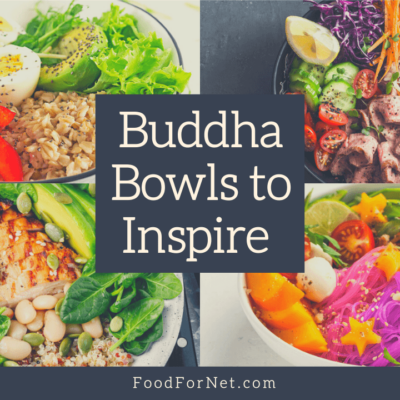
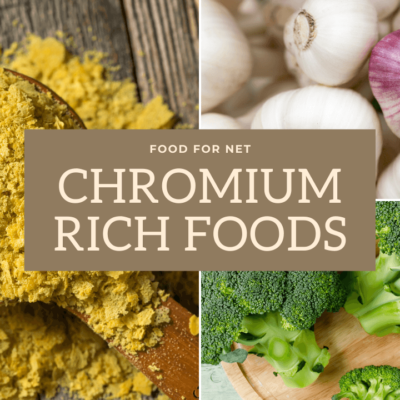

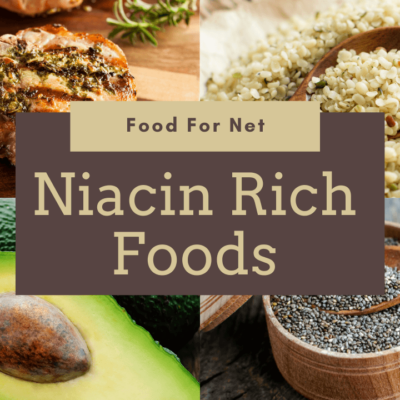
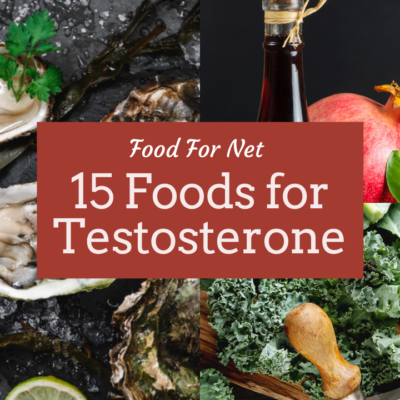
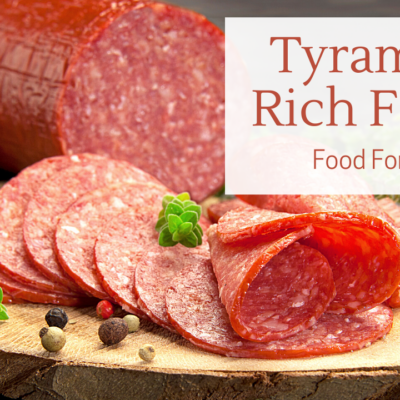
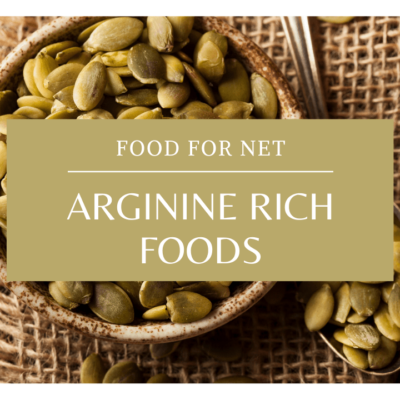
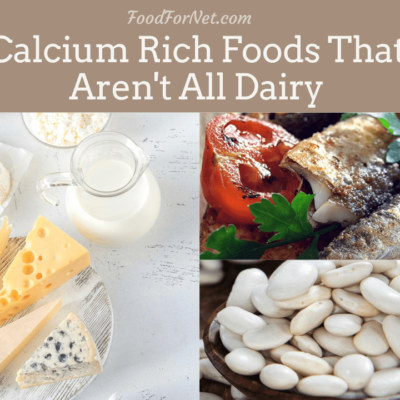
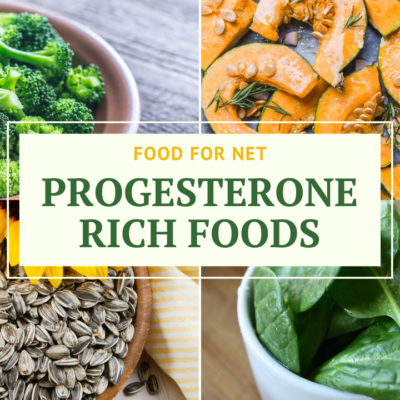
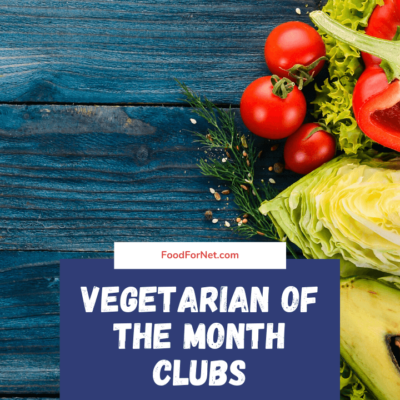
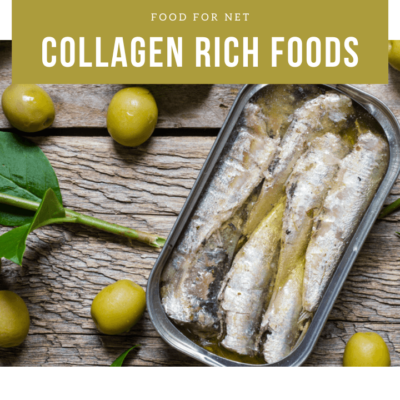
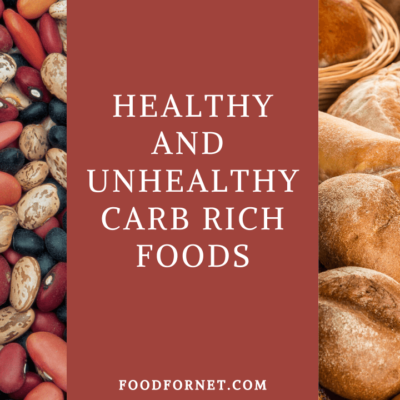
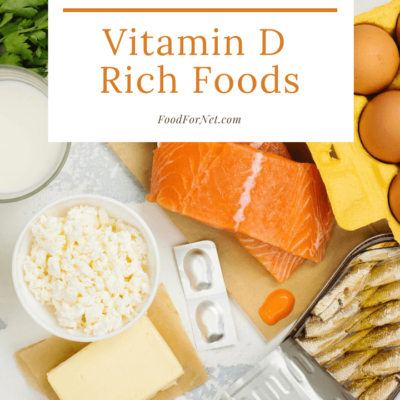
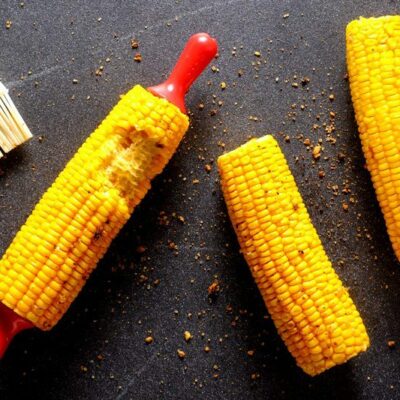
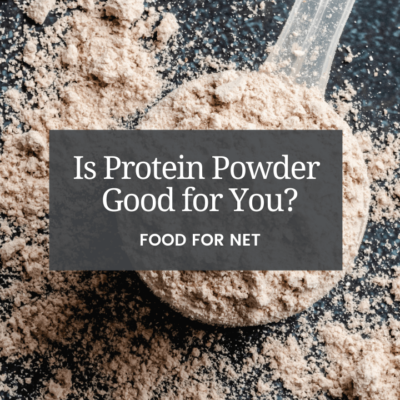
 5 Legging of the Month Clubs
5 Legging of the Month Clubs
Leave a Reply